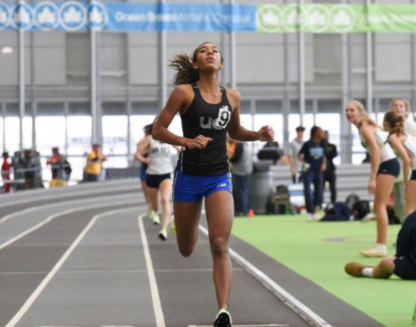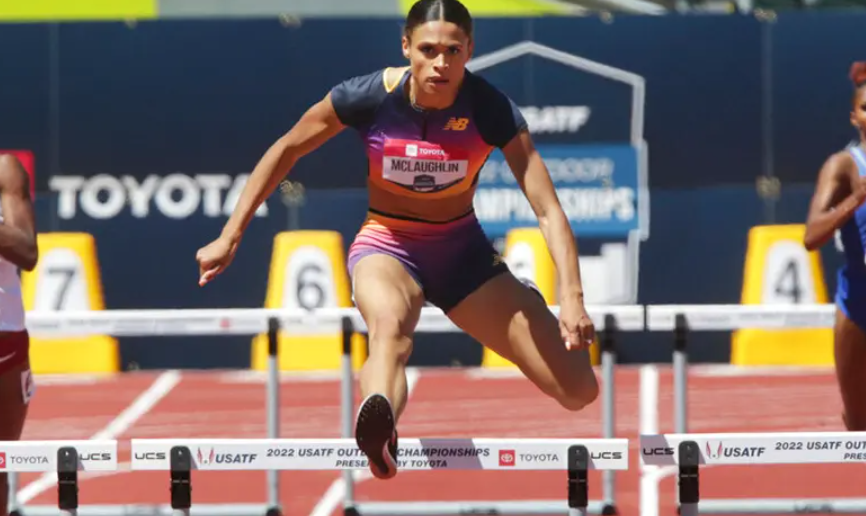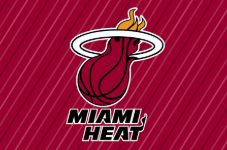With the rise of NIL deals, the college process for athletes has changed drastically. These athletes now compete on a very different playing field where athletic skill and personal brands can be translated into dollar signs. Since the introduction of NIL, college athletes have collectively earned over $500 million, proving the transformation of the landscape in college sports. This change opens a larger conversation about fairness, equity, and the evolving landscapes in college sports.
College athletics continue to evolve, as NIL agreements have altered the way student-athletes think about their careers. In recruiting, it is no longer just about a school’s rich history or elite coaching staff but instead about which program will offer them the most money. With that being said, some are cashing in large with endorsement deals while others are struggling. High debate continues over the pay of different sports athletes and whether NIL compensation has brought financial separation between those groups. Is it fair? Should young kids be handling this type of money? Is the integrity of college sports being ruined? These are all questions that people are continuing to ask and seek answers to.
One of the biggest impacts of NIL deals is the widening gap between high-profile and lesser-known athletes. Star players in revenue-generating sports like football and basketball are securing multi-million-dollar endorsements, while athletes in smaller sports struggle to attract sponsorships. This disparity has led to concerns that NIL opportunities favor certain programs and sports, creating an uneven playing field within college athletics.
“Why would highly ranked football kids come to an Ivy League college when schools in the SEC and Big Ten will pay them six figures to come play for them?” said Chris Rossetti, a freshman at Brown University. “How are we supposed to compete when those schools are picking and choosing whoever they want? We can’t, is the answer.” This was the response of a friend of mine when we discussed how he thinks NIL has affected college football.
In addition to financial inequality, NIL deals have changed how athletes make college decisions. Instead of choosing a school based on academics, coaching, or tradition, many are now prioritizing programs that offer the highest financial incentives. This shift raises concerns about long-term consequences, including whether athletes are being properly prepared for life beyond sports. Critics argue that NIL could turn college athletics into a business-driven enterprise rather than a place for player development and education.
In conclusion, as NIL continues to grow, the debate over its fairness and impact will only intensify. Supporters argue that student-athletes deserve the right to profit from their talents, just like professionals, while critics worry about financial exploitation and a loss of integrity in college sports. With constant changes being made and proposed, the future of college athletics remains uncertain. This leads many to question whether NIL deals are truly leveling the playing field or making it more divided than ever.













